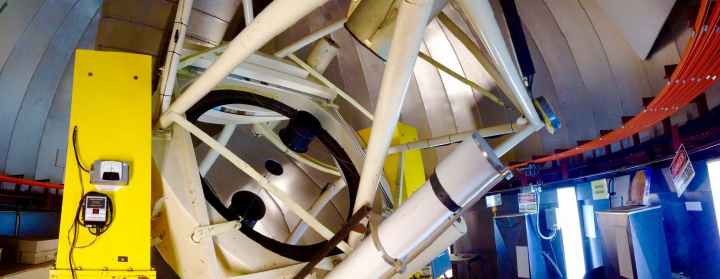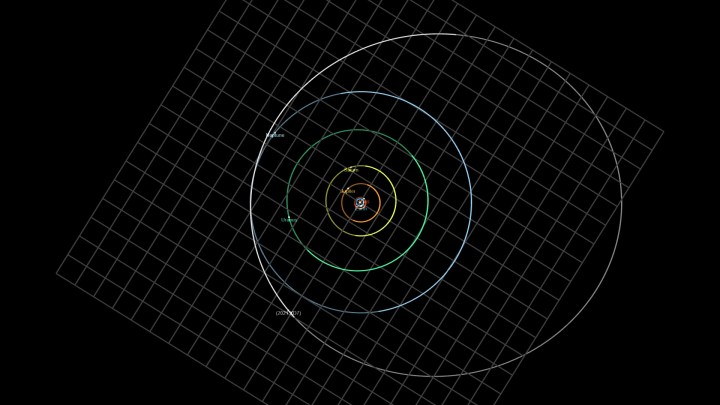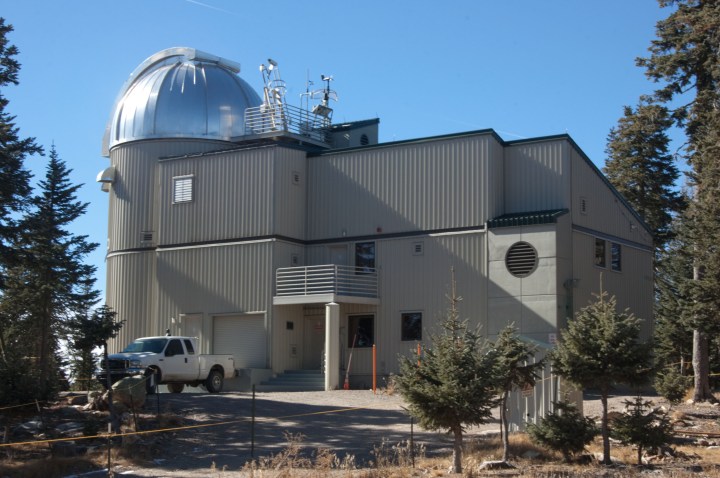An astronomer at the Vatican Observatory (www.VaticanObservatory.org), together with his colleagues, has found a new member of the solar system orbiting beyond the planet Neptune. This “trans-Neptunian object,” or “TNO,” is currently is designated “2021 XD7.” It was first observed by Fr. Richard Boyle, S.J. on December 3, 2021, using the Vatican Advanced Technology Telescope (VATT) on Mt. Graham in Arizona (USA).
Lithuanian astronomer and astrophysicist Kazimieras Černis analyzed the data from the VATT for the discovery. Peter Veres of the International Astronomical Union’s Minor Planet Center calculated the object’s orbit using observations Boyle acquired over time.

Veres is also an alumnus of the Vatican Observatory’s Summer School for young professional astronomers that is regularly held at the Observatory’s headquarters at Castel Gandolfo near Rome, having attended the 2007 school.

The first TNO, Pluto (originally classified as a planet but now considered a dwarf planet), was discovered in 1930. Like Pluto, TNO 2021 XD7 has an eccentric orbit that is significantly tilted with respect to the orbits of Earth and the solar system’s other planets. That orbit brings the object no closer to the sun than the distance of Neptune (which is 30 times the Earth’s distance from the sun) yet carries it more than twice that far out from the sun. 2021 XD7 takes roughly three centuries to complete one orbit around the sun. Because of its great distance, little is currently known about the object, but it is certainly much smaller even than Pluto, which itself is but a fraction of the size of Earth’s moon.

The Vatican Advanced Technology Telescope, also known as the Alice P. Lennon Telescope, was built in the 1990s under Pope St. John Paul II. The Vatican Observatory’s older telescopes, located at Castel Gandolfo, had become less useful for astronomical research, owing to light pollution from Rome.
The VATT is a moderate-sized telescope, with “Advanced Technology,” referring to it being the first telescope to be built using ground-breaking methods developed at the University of Arizona. Using these methods, the university’s R. F. Caris Lab has gone on to help build some of the largest telescopes in the world, including the Giant Magellan Telescope currently under construction.
Fr. Boyle was using the telescope with its “VATT4k” camera when he found TNO 2021 XD7. This is an astronomical camera specially designed for photometric surveys and for observing faint objects. It works in a manner similar to digital cameras and cell phone cameras, but it has been optimized to achieve remarkable sensitivity.
In recent years the VATT has faced a forest fire, COVID restrictions, and even an invasion of moths, but science continues at the telescope!


